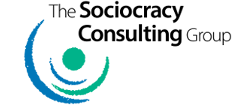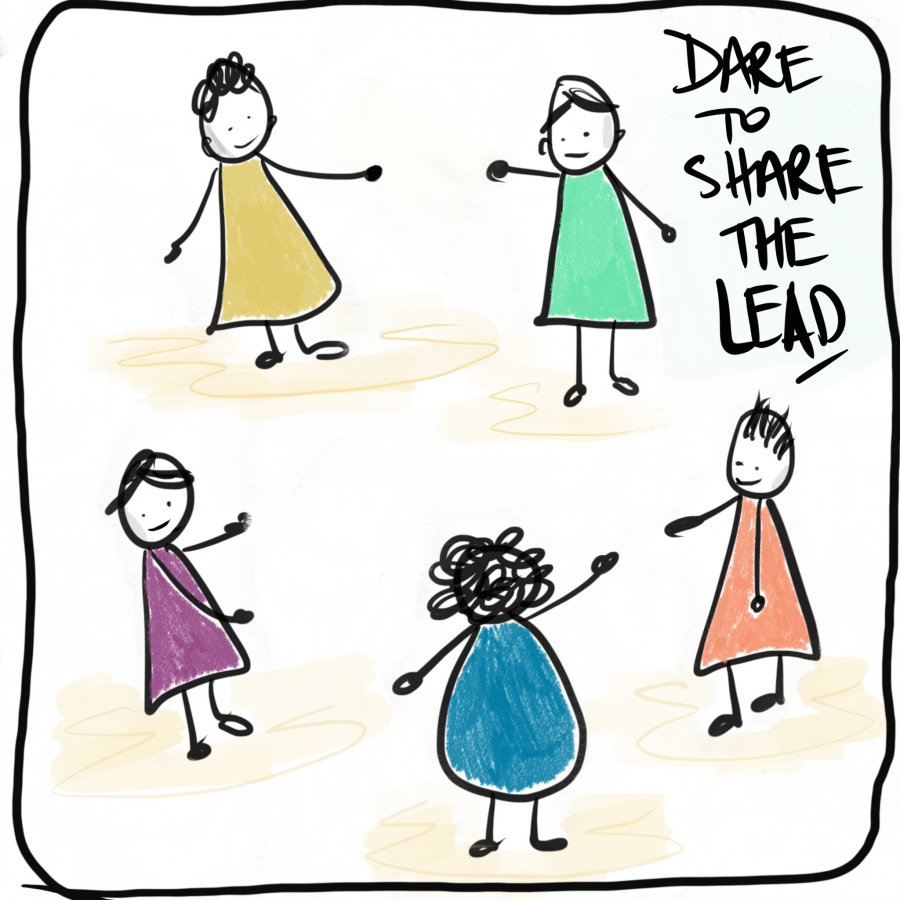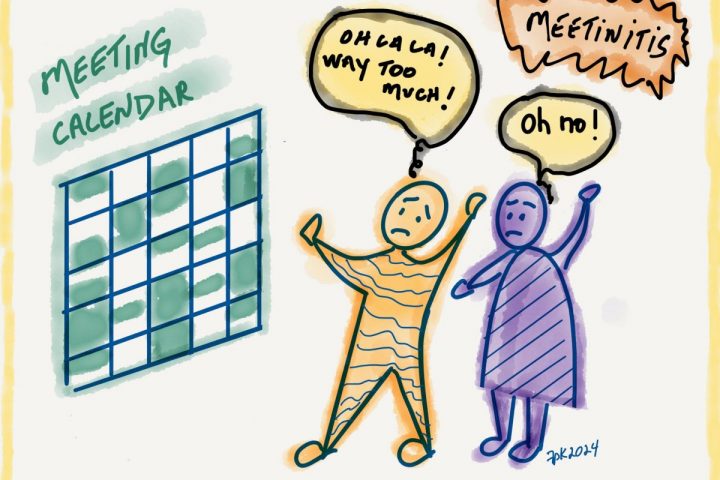“…our ability to be daring leaders will never be greater than our capacity for vulnerability.” ~ Brene Brown
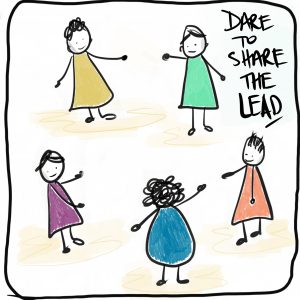 Courageous leadership is a core mandate of Brene Brown’s 2018 book Dare To Lead, as described in this October 2020 episode of her newly launched Dare To Lead podcast.
Courageous leadership is a core mandate of Brene Brown’s 2018 book Dare To Lead, as described in this October 2020 episode of her newly launched Dare To Lead podcast.
Vulnerability is at the heart of the matter.
Brown describes the courage-building skill-set required of leaders in a complex, rapidly changing environment. ‘Rumbling with vulnerability’ is at the top of the list.
The other courage-building skills include living into our values, braving trust, and learning to rise.
Fear isn’t the primary blocker to daring leadership, Brown assures. Fear is the armour worn for the cause of self-protection. This armour looks like the thoughts, emotions and behaviours utilised when one is not willing to work with vulnerability; that is, when one is not willing to embrace uncertainty, risk and emotional exposure.
The parallels between self-managed organizations and what Brown describes as courageous leadership are hard to ignore. However, self-management involves shared leadership where all organizational members engage in some sort of leadership capacity. So how do self-managing organizations dare to share the lead?
Here is a deeper dig into the links between brave leadership with the adaptive, effective processes of the Sociocratic Circle-organization Method (SCM) [1] as a self-management method:
Rumbling with vulnerability
In the SCM, a meeting’s facilitator has a key responsibility in holding uncertainty, risk and emotional exposure in the group. The person in the facilitator role changes after a given term, with a new person chosen by consent of the group. This builds group capacity for the role, as well as trust.
Being genuine in reaction rounds [2] can be very vulnerable; yet it is essential. Each team member is a key sensory ‘receiver’ and contributor in a team circle. When the circle has genuine input from each member, no matter how raw, it then has relevant information to work with.
Living into our values
Transparency happens in circle rounds, where each person has clear space to share their questions and responses. The circle knows why someone is holding a role, for example, because they equally participate in a well-informed consent process to select that person.
Effectiveness occurs when policies are actively reviewed and measured to ensure they’re still good enough and safe enough. It is fed by the coordination of expertise by semi-autonomous teams who decide how to do the work they know how to do. Effectiveness is seen in the simple and comprehensive decision-making processes that gather information and understanding.
Equivalence occurs when members know they have a place to contribute, without interruption, in determining how the team will do its work. Transparent documentation allows all organization members opportunity to be informed, and therefore more capacity to contribute. Teams carry ‘authority’ over their aim and domain – their area of expertise – knowing they won’t be trumped by a ‘higher authority’.
Braving trust
It requires trust to allow semi-autonomous teams to determine how they do their job in achieving their aims which contribute to the organizational mission.
‘Trust the process’ is a common phrase in many practices, just as much as in the SCM. Leaning into the consent decision-making processes to support humanness as things get messy, confusing or overwhelming provides a powerful guide toward clarity, care and momentum.
Trusting the meeting facilitator to hold the process well means team members are then available to tap into their problem-solving and creative capacity with more clarity and less distraction. Equally, trust is placed into all circle members to ‘hold’ meeting processes by contributing to the meeting flow as appropriate and necessary.
Learning to rise
Where leadership is shared – that is, when people own their place as ‘leaders’ in collaboration with others – they are more willing to contribute. More contribution means more ideas, more perspectives, more information, more creativity and more ability to go above and beyond what is imagined to be possible, especially in times of crisis.
Further, a healthy and living collective intelligence develops through circle processes, where the need to be ‘boss’ is replaced by allowing people to be actively involved in a coordinated way in leading the organization. This weaves greater adaptability, creativity and response-ability to the organization as a whole.
The world is in a time where daring leadership is a necessity. Unlocking vulnerability, values, trust and evolution by sharing leadership in our organizations provides agency to both individuals and the collective. This creates something much greater than the sum of its parts. By daring to share the lead through using the SCM, teams learn to operate with more adaptability and effectiveness, helping their organizations ride through the storms and evolve their contribution to this beautiful, complex and rapidly-changing world.
–
[1] See whitepaper “5 Pitfalls of a Top-down Hierarchy and What To Do About Them” by Sheella Mierson, Ph.D. for a general introduction to the Sociocracy Circle-organization Method.
[2] A key step of processing a proposal with consent decision-making. Rounds provide facilitated contribution from each team member, one by one, without interruption.
. . .
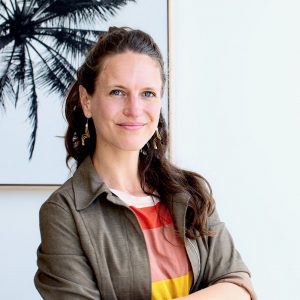 Erin Young helps women and organizations use nature principles to create balance, creativity and collaboration as a sociocracy consultant with The Sociocracy Consulting Group, and as a life and leadership coach.
Erin Young helps women and organizations use nature principles to create balance, creativity and collaboration as a sociocracy consultant with The Sociocracy Consulting Group, and as a life and leadership coach.
Erin lives on the Sunshine Coast, Queensland, Australia. Learn more about her work at www.erinyoung.net.
To explore your next step with sociocracy, contact us for a free consultation.
